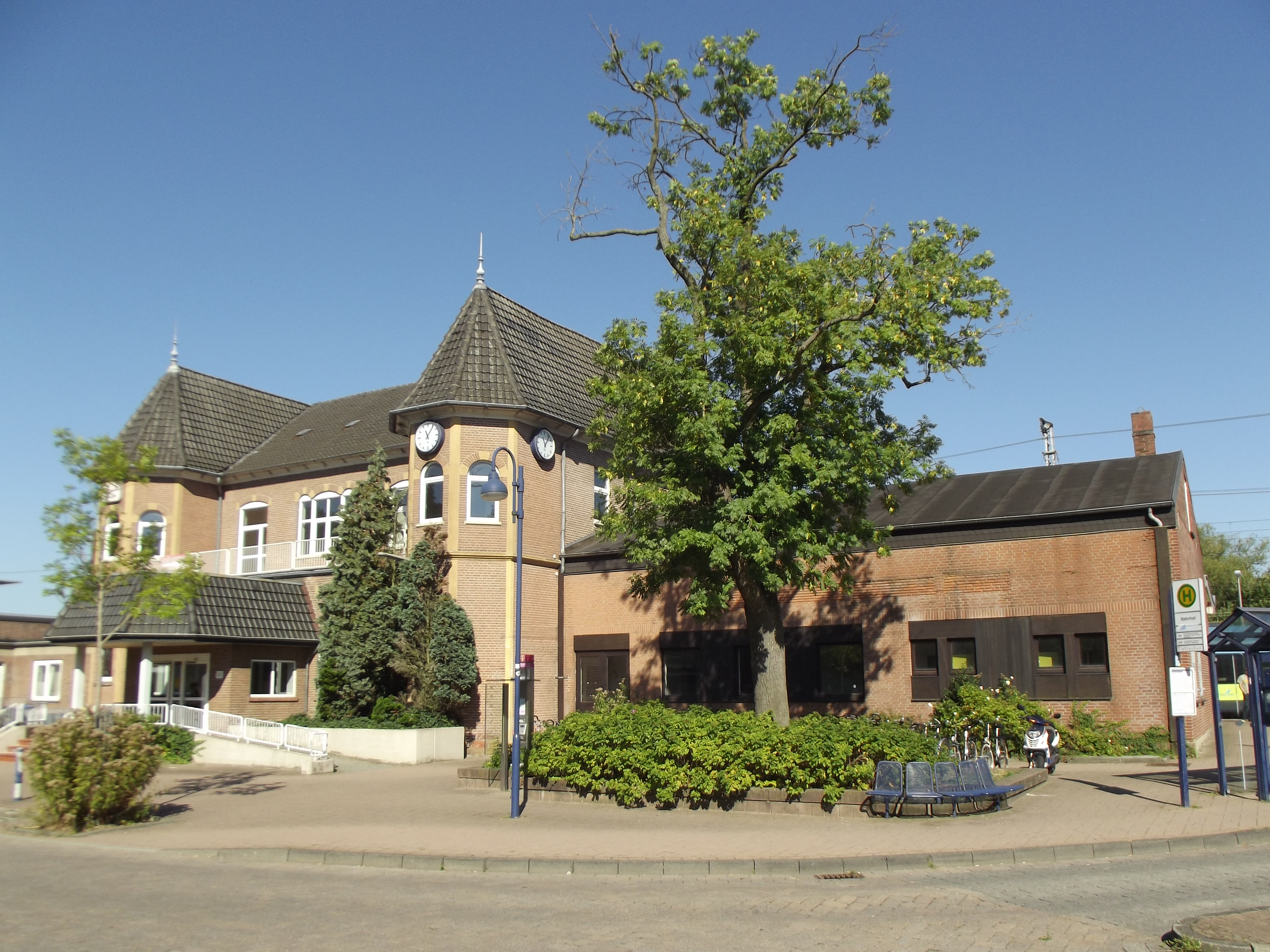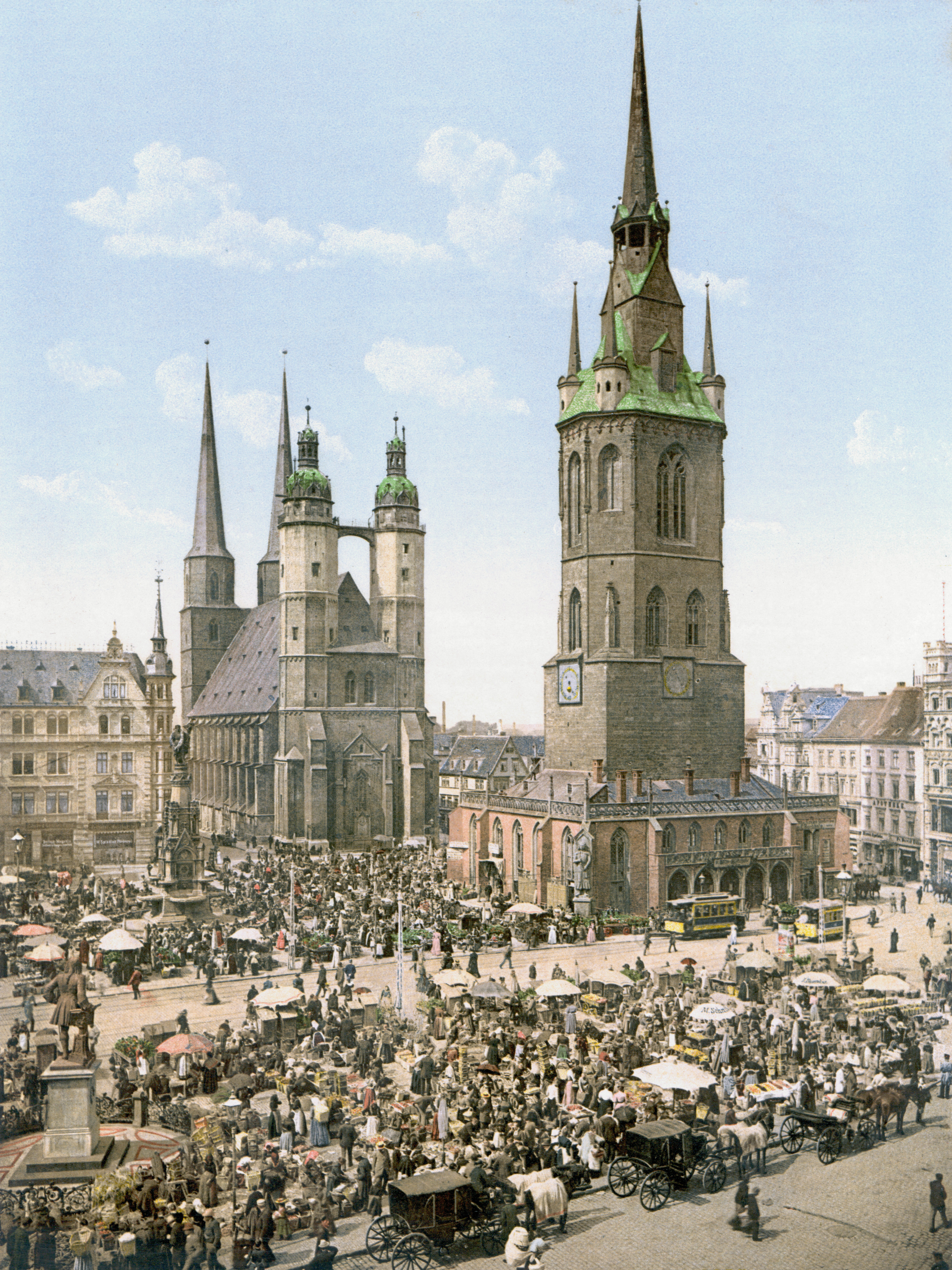|
Halle, Bentheim
Halle () is a village in the Joint Community (''Samtgemeinde'') of Uelsen, in the district of Grafschaft Bentheim in Lower Saxony. The community, to which the centres of Hardingen (amalgamated in 1974) and Hesingen also belong, has 654 inhabitants (as of June 2005) and spans 21.15 km2. The community’s mayor is Geert Beckhuis. The ''Poascheberg'' in Hesingen is, with an elevation of 89 m above sea level, the highest point in the lower part of the old County of Bentheim. Unlike the people of the better known and bigger city of Halle in Saxony-Anhalt, who call themselves ''Hallenser'' in German German(s) may refer to: * Germany, the country of the Germans and German things **Germania (Roman era) * Germans, citizens of Germany, people of German ancestry, or native speakers of the German language ** For citizenship in Germany, see also Ge ..., the inhabitants here call themselves simply ''Haller'', following the usual German rule for formulating nouns denoting a part ... [...More Info...] [...Related Items...] OR: [Wikipedia] [Google] [Baidu] |
Ortsteil
A village is a human settlement or Residential community, community, larger than a hamlet (place), hamlet but smaller than a town with a population typically ranging from a few hundred to a few thousand. Although villages are often located in rural areas, the term urban village is also applied to certain urban neighborhoods. Villages are normally permanent, with fixed dwellings; however, transient villages can occur. Further, the dwellings of a village are fairly close to one another, not scattered broadly over the landscape, as a dispersed settlement. In the past, villages were a usual form of community for societies that practice subsistence agriculture and also for some non-agricultural societies. In Great Britain, a hamlet earned the right to be called a village when it built a Church (building), church. [...More Info...] [...Related Items...] OR: [Wikipedia] [Google] [Baidu] |
Uelsen
Uelsen () is a community in the district of Grafschaft Bentheim in Lower Saxony. Geography The community of Uelsen lies in westernmost Lower Saxony, on the border with the Kingdom of the Netherlands, roughly 30 km north of Enschede and 15 km northwest of Nordhorn. History * About 690: The groundwork for the great parish of Uelsen was laid, probably by the missionary Willibrord. * 1131: Uelsen was first mentioned in a document by the Bishop of Utrecht. At that time, Uelsen belonged to Twente (now in the Netherlands), which then belonged to the German Empire, as did Utrecht. * About 1300: The castle of the Count ten Tooren or von Thurn stood in Uelsen. (The castle's remains were used in the mid-19th century as a synagogue.) * 1312: Ownership of Uelsen passed to the Count of Bentheim. * 1544: The Lutheran creed was introduced to Uelsen. Start of the Reformation. * 1546: Under Emperor Charles V, border crossings were sealed and Uelsen was cut off from the Netherlands. * 158 ... [...More Info...] [...Related Items...] OR: [Wikipedia] [Google] [Baidu] |
Grafschaft Bentheim
County of Bentheim () is a districts of Germany, district (''Landkreis'') in Lower Saxony, Germany. It is bounded by (from the west and clockwise) the Netherlands, Dutch provinces of Overijssel and Drenthe, the district of Emsland, and the districts of Steinfurt (district), Steinfurt and Borken (district), Borken in North Rhine-Westphalia. History The District has roughly the same territory as the County of Bentheim, a state of the Holy Roman Empire that was dissolved in 1803. Geography The district's north-western region named (''low county'') protrudes into Dutch territory, and borders it to the north, west and south. The Vechte River (Dutch ''Vecht'') traverses the district from south to north and flows into the Netherlands. Coat of arms The arms are identical to the arms of the historic County of Bentheim. The origin of these arms is unknown. Towns and municipalities References External links Official website {{coord, 52.42, 7.08, display=title, for ... [...More Info...] [...Related Items...] OR: [Wikipedia] [Google] [Baidu] |
Lower Saxony
Lower Saxony is a States of Germany, German state (') in Northern Germany, northwestern Germany. It is the second-largest state by land area, with , and fourth-largest in population (8 million in 2021) among the 16 ' of the Germany, Federal Republic of Germany. In rural areas, Northern Low Saxon and Saterland Frisian language, Saterland Frisian are still spoken, though by declining numbers of people. Lower Saxony borders on (from north and clockwise) the North Sea, the states of Schleswig-Holstein, Hamburg, , Brandenburg, Saxony-Anhalt, Thuringia, Hesse and North Rhine-Westphalia, and the Netherlands. Furthermore, the Bremen (state), state of Bremen forms two enclaves within Lower Saxony, one being the city of Bremen, the other its seaport, Bremerhaven (which is a semi-exclave, as it has a coastline). Lower Saxony thus borders more neighbours than any other single '. The state's largest cities are the state capital Hanover, Braunschweig (Brunswick), Oldenburg (city), Oldenburg, ... [...More Info...] [...Related Items...] OR: [Wikipedia] [Google] [Baidu] |
Halle, Saxony-Anhalt
Halle (Saale), or simply Halle (), is the second largest city of the German state of Saxony-Anhalt. It is the sixth-most populous city in the area of former East Germany after (East) Berlin, Leipzig, Dresden, Chemnitz and Magdeburg as well as the 31st-largest city of Germany. With around 226,000 inhabitants, it is less populous than the state capital, Magdeburg. With Leipzig, the largest city of Saxony, Halle forms the polycentric Leipzig-Halle conurbation. Leipzig/Halle International Airport lies between the two cities, in Schkeuditz. The Leipzig-Halle conurbation is at the heart of the larger Central German Metropolitan Region. Halle has been known by many names throughout its history. From the 15th to the 17th century: ''Hall in Sachsen''. From then until the beginning of the 20th century, the name Halle an der Saale was used, and still remains a more formal reference for the city. Additionally, from 1965 to 1995 the city was referred to as ''Halle/Saale''. Halle lies i ... [...More Info...] [...Related Items...] OR: [Wikipedia] [Google] [Baidu] |
Saxony-Anhalt
Saxony-Anhalt ( ; ) is a States of Germany, state of Germany, bordering the states of Brandenburg, Saxony, Thuringia and Lower Saxony. It covers an area of and has a population of 2.17 million inhabitants, making it the List of German states by area, 8th-largest state in Germany by area and the List of German states by population, 11th-largest by population. Its capital and most populous city is Magdeburg. The state of Saxony-Anhalt was formed in July 1945 after World War II, when the Soviet Military Administration in Germany, Soviet army administration in Allied-occupied Germany formed it from the former Free State of Prussia, Prussian Province of Saxony and the Free State of Anhalt. Saxony-Anhalt became part of the East Germany, German Democratic Republic in 1949, but was dissolved in 1952 during Administrative divisions of East Germany, administrative reforms and its territory was divided into the districts of Halle (Bezirk), Halle and Magdeburg (Bezirk), Magdeburg. Follow ... [...More Info...] [...Related Items...] OR: [Wikipedia] [Google] [Baidu] |
German Language
German (, ) is a West Germanic language in the Indo-European language family, mainly spoken in Western Europe, Western and Central Europe. It is the majority and Official language, official (or co-official) language in Germany, Austria, Switzerland, and Liechtenstein. It is also an official language of Luxembourg, German-speaking Community of Belgium, Belgium and the Italian autonomous province of South Tyrol, as well as a recognized national language in Namibia. There are also notable German-speaking communities in other parts of Europe, including: Poland (Upper Silesia), the Czech Republic (North Bohemia), Denmark (South Jutland County, North Schleswig), Slovakia (Krahule), Germans of Romania, Romania, Hungary (Sopron), and France (European Collectivity of Alsace, Alsace). Overseas, sizeable communities of German-speakers are found in the Americas. German is one of the global language system, major languages of the world, with nearly 80 million native speakers and over 130 mi ... [...More Info...] [...Related Items...] OR: [Wikipedia] [Google] [Baidu] |




